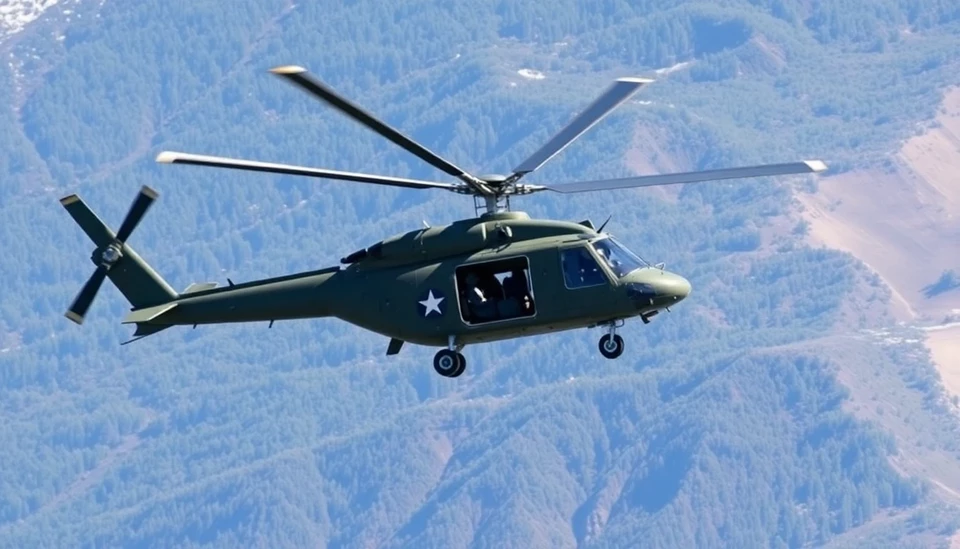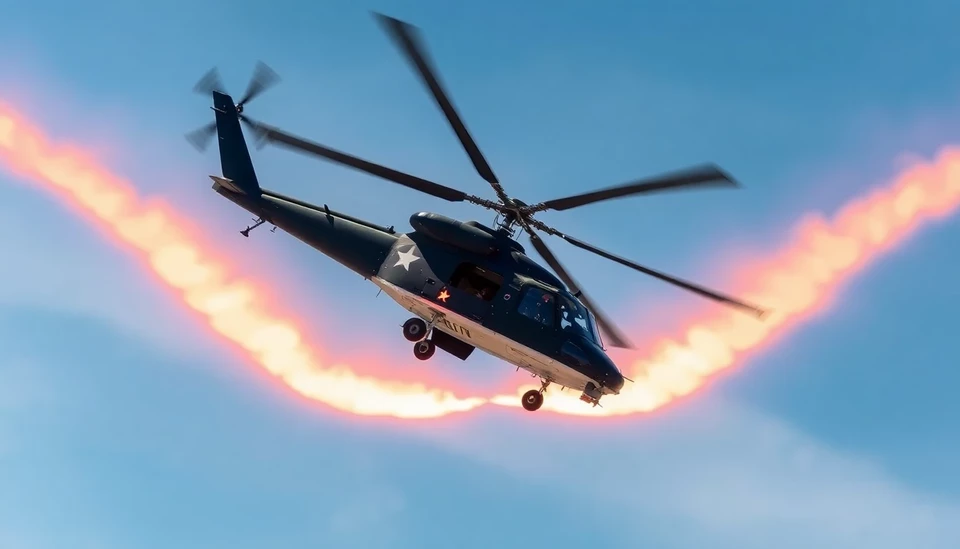
In a recent investigation into the tragic crash of an Army helicopter, radar data has revealed alarming details about the aircraft's final moments. Reports indicated that the helicopter was flying lower than a nearby jet at a critical time, raising serious questions about safety protocols in military aviation.
The incident occurred under adverse weather conditions, with the helicopter entering into dense fog, which compromised visibility for the pilot. Eyewitness accounts revealed that the helicopter was flying at a dangerously low altitude, possibly in an attempt to navigate the difficult weather. However, the decision to fly lower than the commercial jet, which maintained a higher and safer altitude, has sparked widespread concerns among aviation experts and military personnel alike.
Authorities are now investigating the protocols that govern flight permissions and maneuvers in such conditions. The dramatic juxtaposition of the helicopter's altitude compared to the commercial aircraft has raised red flags regarding the adherence to established flight safety regulations. Such discrepancies can lead to severe consequences, as exemplified in this unfortunate incident.
The investigation is ongoing, and the Army is cooperating fully as it seeks to determine what went wrong on that fateful day. The focus will be on the flight crew's decision-making processes and whether proper safety measures were observed in real-time scenarios, particularly in the face of challenging weather conditions.
As the families of the victims seek answers, the military's transparency in sharing the investigation's findings may prove crucial in restoring public trust. The incident has also reignited discussions about the need for enhanced training protocols for pilots in adverse weather and the importance of strict adherence to safety regulations.
In the aftermath of this tragedy, it is essential for all aviation sectors, both military and civilian, to learn from such incidents to prevent future occurrences. The goal must remain unwavering: to ensure the absolute safety of all personnel operating in the skies.
This incident highlights the ongoing challenges faced by military aviation, the importance of rigorous safety standards, and the critical need for continuous evaluation and improvement of operational protocols.
#ArmyHelicopter #AviationSafety #MilitaryAccident #SafetyInvestigation #WeatherHazards
Author: Victoria Adams
